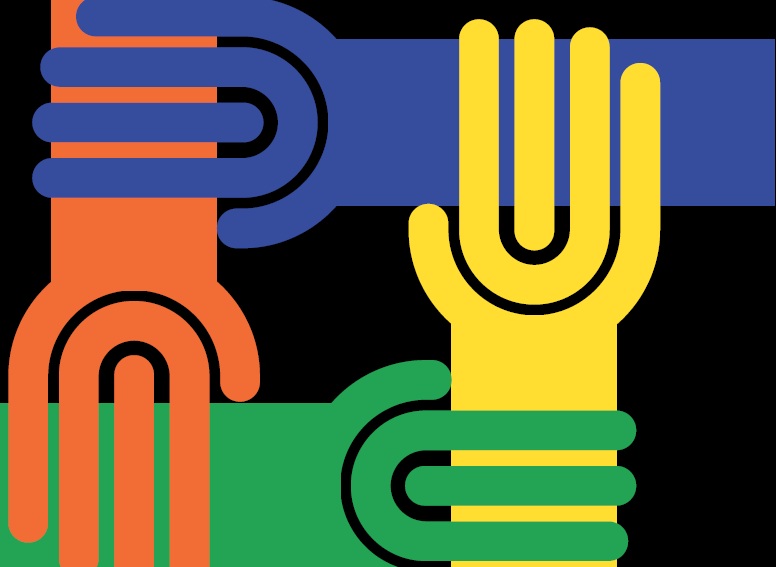
Many companies overlook the various benefits to be gained from applying human resource management practices to supply chain management.
The globalisation of business, characterised by increased outsourcing, has firmly placed the spotlight on supply chains. It is commonplace for large corporations to have their supply chains scrutinised, especially when setting up factories in poor countries, in order to ensure there are no incidents of sub-standard employee conditions. However, along with this scrutiny has been a surprisingly low level of innovation in terms of new ways to improve supply chain management (SCM). One such area that is frequently neglected is the value that human resource management (HRM) practices can offer to a supply chain.
A brief look into previous research shows that little has been written on the relationship between HRM and SCM. Despite the two practices essentially having the same goal of improving organisational performance and enhancing overall business strategy, they have both evolved along separate lines and adopted their own philosophies. However when considering the similar challenges faced by these two areas of management, it is clear that HRM possesses the ability to improve SCM as a whole.
Fundamental to this view is the often overlooked fact that the successful management of a supply chain rests predominantly on the performance of people. For some supply chain managers it is enough for them to concern themselves with the machinery of making the supply chain work. Effort is concentrated on choosing new factory locations or acquiring new transport methods for goods. Overlooked throughout these decisions is the fact that it is the people operating within these factories or transportation that are responsible for creating a productive supply chain.
Once businesses come to the realisation that managing the people in a supply chain is as important as managing overall strategy, then the incorporation of HRM is sure to produce results. Also, integrating the two disciplines could help overcome the frequent complaint by HRM managers that their strategy does not get aligned with that of the overall business, and can in fact produce a number of progressively broader benefits.
Initially, firms need to start by breaking down the HR requirements of the supply chain. If you are to start outsourcing business to a different country or region then you need to establish whether or not the available workforce have the relevant skills required for that particular role. This presents the opportunity to use established HR training methods for the needs of supply chain firms. If your business has developed a training scheme that is consistently producing a more pro-active and effective workforce, then it makes little sense not to take full advantage of this. Training schemes should be sold or shared with supply chain partners; and the practice of HR should enable you to identify the specific training requirements of each partner firm. By doing this you are not isolating the benefits of a training scheme to one section of your supply chain: instead, all partner members will experience the improvement in workforce productivity from training.
Another established HR practice is that of the incentive. To ensure employees are working at full productivity, incentives are set in place such as guaranteed pay rises for meeting agreed targets or bonuses for completing projects in certain timeframes. In doing so, workers are inspired to conduct themselves in a manner that expedites the growth of a business. This practice is surprisingly neglected when it comes to the management of supply chains. It may already be common for service level agreements (SLAs) to be set in place, where for example if a firm supplies 100 per cent of orders on time for an entire month then they receive some form of remuneration, however there is no reason why this should not be translated directly into incentives for individual employees in the supplier’s company. If the employees receive the benefits of meeting the firm’s overall SLAs, then they are being incorporated further into the overall business strategy and are motivated to achieve targets for the benefit of both themselves and the business as a whole.
The use of incentives can also be practiced when recruiting supply firms to partner with. When HR managers attempt to source the best possible talent to recruit into a company, incentives in pay and other contractual benefits are offered to attract a prospective employee. The same can be applied when searching for the best possible supply firms with the most impressive track record of successful delivery or production to incorporate into your supply chain.
In essence, collaboration and sharing of HR principles is what is vital. If, for example, your business has a desirably low turnover of staff and staff retention is not an issue for you, whereas one of your supply chain firms suffers from high turnover rates, then sharing HR practices with supply chain firms will help to stabilise this. Also, in terms of recruitment it makes little sense to refuse to share applicant pools with supply chain firms. While your business is recruiting, advertising globally or in different regions will allow you to pass on relevant talent to your supply chain firms, thereby enhancing the quality of their workforce by delivering talent that on their own they may not be able to attract.
The benefits of fully incorporating HRM into SCM can lead to a business with a clearer definition of its overall strategy. If companies can employ HRM practices to align an entire connected workforce then the long-term improvements in productivity and efficiency should be enough to convince businesses to re-think the relationship between human resource and supply chain management.
Dr Ann Vereecke is Full Professor and partner at Vlerick Leuven Gent Management School, and Professor at Ghent University. She is the faculty dean of the Vlerick Leuven Gent Management School. http://www.vlerick.be/nl/home.html












